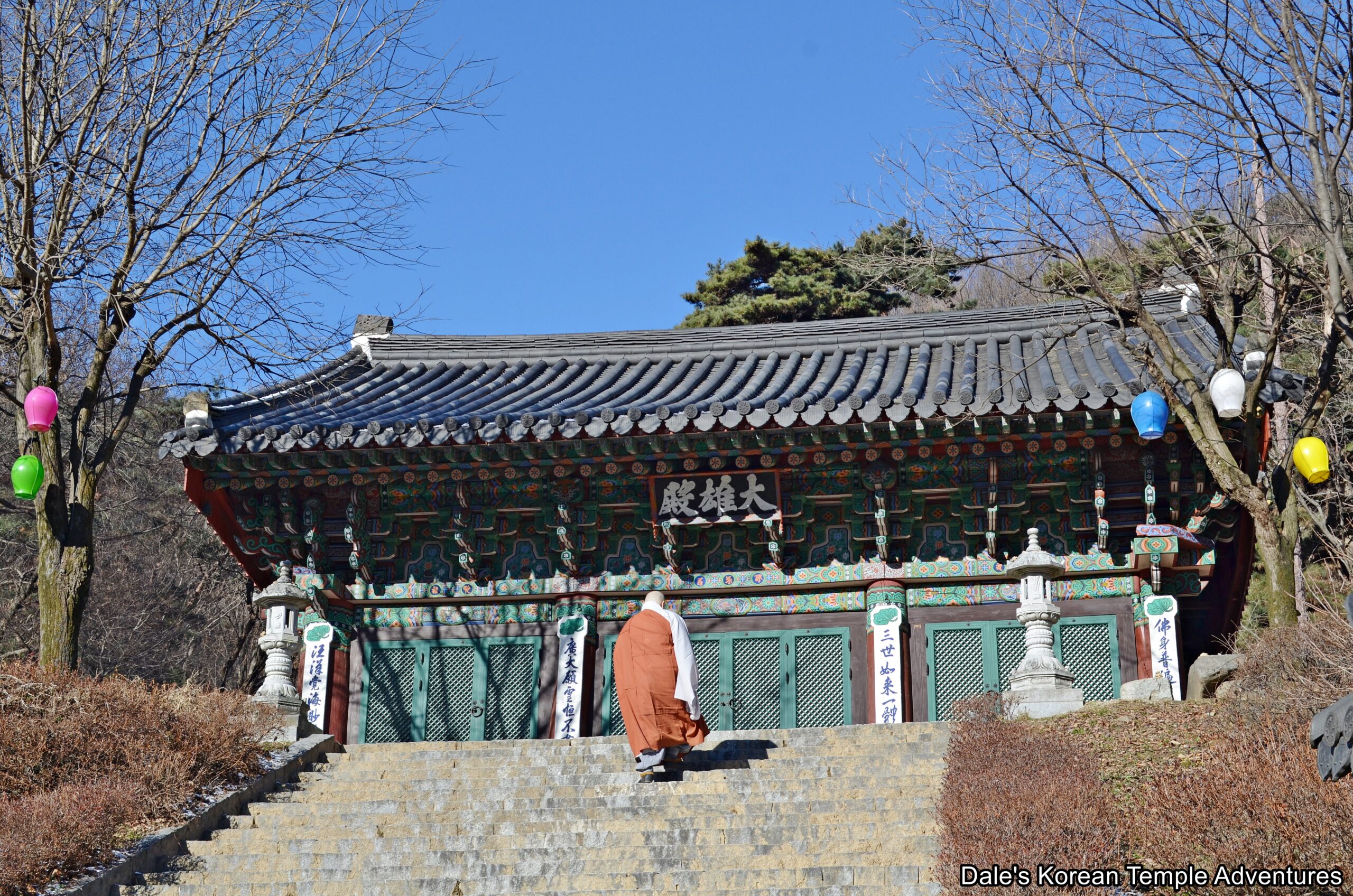
Temple History
Seoknamsa Temple in Anseong, Gyeonggi-do, not to be confused with the one in Ulsan with the same name, is located to the north of Mt. Seounsan (547.6 m). The temple was first founded in 680 A.D. by the monk Goseung Seokseon. It was later rebuilt by the monk Hyegeo in the early part of the Goryeo Dynasty (918-1392). During the Goryeo Dynasty, hundreds of monks called Seoknamsa Temple home. During the early part of the Joseon Dynasty (1392-1910), Seoknamsa Temple remained intact despite the Confucian-oriented government policies of the Joseon court. While many other temples either fell into disrepair or were completely destroyed by this policy, Seoknamsa Temple remained representing the city of Anseong. Additionally, monks at Seoknamsa Temple were exempt from service as decreed by King Sejo of Joseon (r. 1455-1468). The temple would be completely destroyed by fire during the Imjin War (1592-98) in 1592. After its destruction during the Joseon Dynasty, it would be rebuilt, once more, this time by the monk Hwadeok.
In total, Seoknamsa Temple is home to one Korean Treasure. It’s the “Yeongsan-jeon Hall of Seongnamsa Temple, Anseong,” which is Korean Treasure #823.
Temple Layout
Seoknamsa Temple is much smaller than it must have formerly been. And from the temple parking lot, you can instantly see that this is true. However, with that being said, Seoknamsa Temple, in its current form, is still a beautiful place for visitors to enjoy. Starting at the Geumgwang-ru Pavilion, you’ll pass through the first story of the two story structure. While passing through the first story, you’ll notice four diminutive statues. These rather stout wooden statues are the Four Heavenly Kings. While the first story acts as both an entry to the rest of the temple grounds, as well as a Cheonwangmun Gate, the second story acts as a hall for dharma talks. The exterior walls to the Geumgwang-ru Pavilion are beautifully adorned in simplistic dancheong colours.
Now having emerged on the other side of the Geumgwang-ru Pavilion, and after having a look back at the second story of the two-story structure, you’ll notice a long, linear set of stone stairs that lead all the way up to the Daeung-jeon Hall. But before climbing all of those stairs, you’ll notice the Dong Yosachae (East Monks’ Dorms) to your right and the administrative office and kitchen to your left.
Making your way past these two large buildings, and still climbing the long stone stairs, you’ll come to a plateau. To your right you’ll see the historic Yeongsan-jeon Hall. Out in front of the Yeongsan-jeon Hall is “The Double Pagoda of Seoknamsa Temple.” These pagodas are believed to have first been made during the Goryeo Dynasty. The pagoda to the left stands 2.25 metres in height, while the pagoda to the right stands 2.32 metres. Both are rather slender and simplistic in their overall designs. In total, both pagodas are three-story structures.
As for the Yeongsan-jeon Hall that stands behind these two Goryeo-era pagodas, it’s believed that the structure was first built in the early to mid Joseon Dynasty (1392-1910). In fact, there’s a sign out in front of the shrine hall that indicates that it was first built in 1562 and rebuilt several times afterwards. The exterior walls are adorned with various murals depicting the Buddha teaching his disciples. Stepping inside the Yeongsan-jeon Hall, you’ll find that there is a solitary statue of Seokgamoni-bul (The Historical Buddha) on the main altar under a chunky, red canopy. This central image is then joined on all sides by 500 statuettes of the Nahan (The Historical Disciples of the Buddha).
To the right of the Yeongsan-jeon Hall is a modern three-story pagoda with a sutra written around its elongated body below the three body stones. This pagoda is backed by a shrine with a stone image of Seokgamoni-bul.
Back at the stairs, and now heading up towards the Daeung-jeon Hall, you’ll find that the main hall is surrounded by large Shimu-do (Ox-Herding Murals). The front of the Daeung-jeon Hall is occupied by two modern seokdeung (stone lanterns). Stepping inside the Daeung-jeon Hall, you’ll find a large statue of Seokgamoni-bul on the main altar. On either side of this central image are two seated statues of Bohyeon-bosal (The Bodhisattva of Power) and Munsu-bosal (The Bodhisattva of Wisdom). To the right of this main altar triad are a collection of paintings. The first painting is dedicated to Chilseong (The Seven Stars), another is dedicated to Sanshin (The Mountain Spirit), while the final one is dedicated to Dokseong (The Lonely Saint). To the left of the main altar, you’ll find an altar with sixteen golden statues dedicated to the Nahan. And hanging on the far left wall is a modern Shinjung Taenghwa (Guardian Mural). After exiting the Daeung-jeon Hall, and looking out from the main hall, you get a beautiful view of the mountains off in the distance.
How To Get There
The easiest way to get to Seoknamsa Temple from the Anseong Bus Terminal is to take a taxi. The taxi ride will take 25 minutes, and it’ll cost you 24,000 won (one way).
You can do that or take two buses to get to Seoknamsa Temple from the Anseong Bus Terminal. If you do decide to take two buses, you’ll first need to catch Bus #8146-1 for 4 stops, or 5 minutes, and get off at the “Sinminhoegwan hacha – 신민회관” bus stop. From where this bus drops you off, you’ll need to cross the road and board Bus #100. With Bus #100, you’ll need to stay on the bus for the next 13 stops, or 16 minutes, and get off at the “Sangjung-ri Sangchon hacha – 상중리상촌 하차.” From where the bus drops you off, you’ll need to head south for the next 1.5 km, or 30 minutes, until you get to Seoknamsa Temple. Just follow the signs along the way. In total, the bus trip and walk should take about an hour.
Overall Rating: 7/10
Seoknamsa Temple is beautifully located in the foothills of Mt. Seounsan. In addition to all of the natural beauty that surrounds this temple, you can also enjoy the two-story Geumgwang-ru Pavilion with a cute-looking collection of the Four Heavenly Kings. In addition to this two-in-one entry gate, you can also enjoy all 500 statuettes of the Nahan inside the historic Yeongsan-jeon Hall. And topping it off, quite literally, is the Daeung-jeon Hall with its beautiful views.
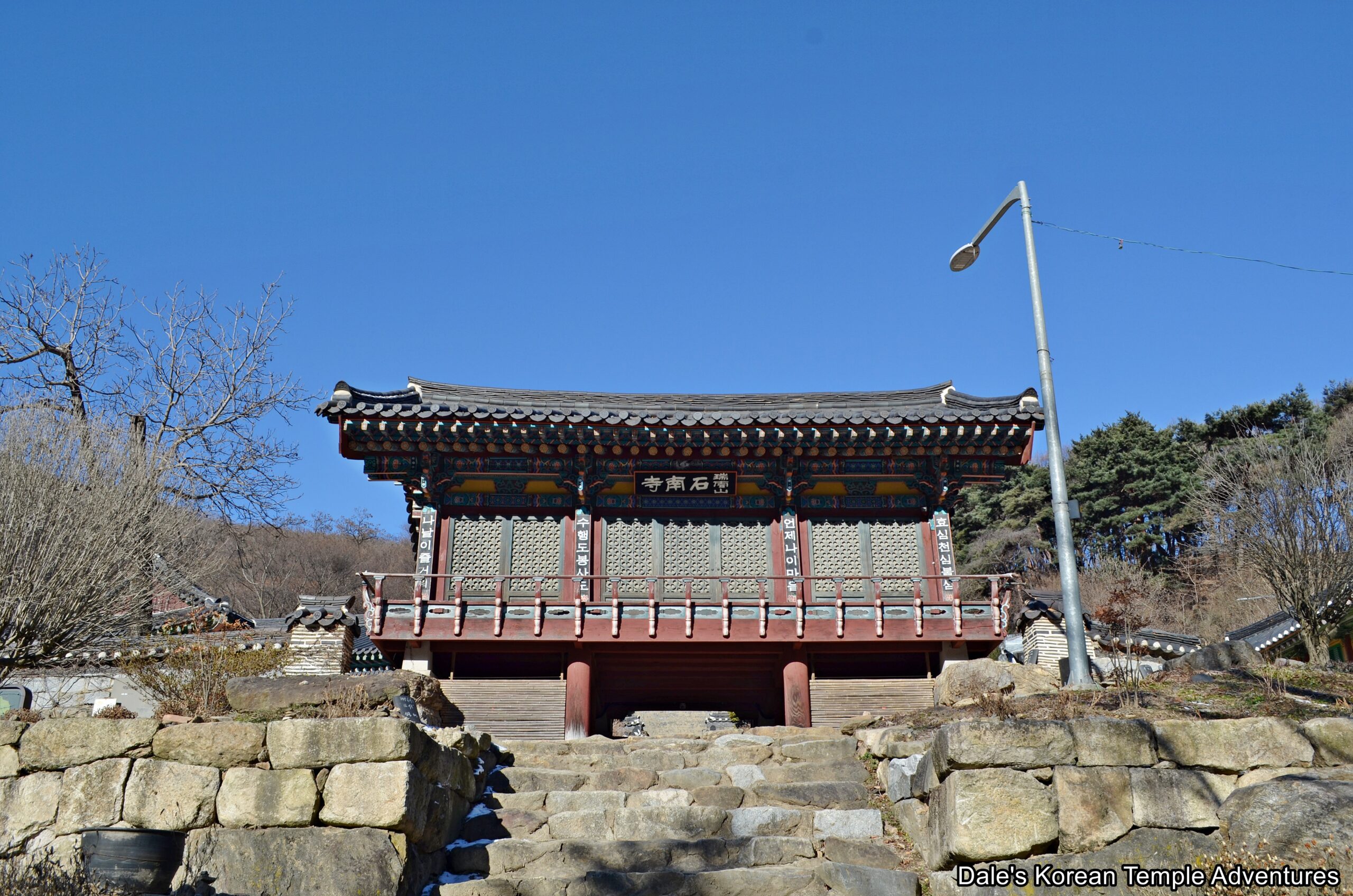
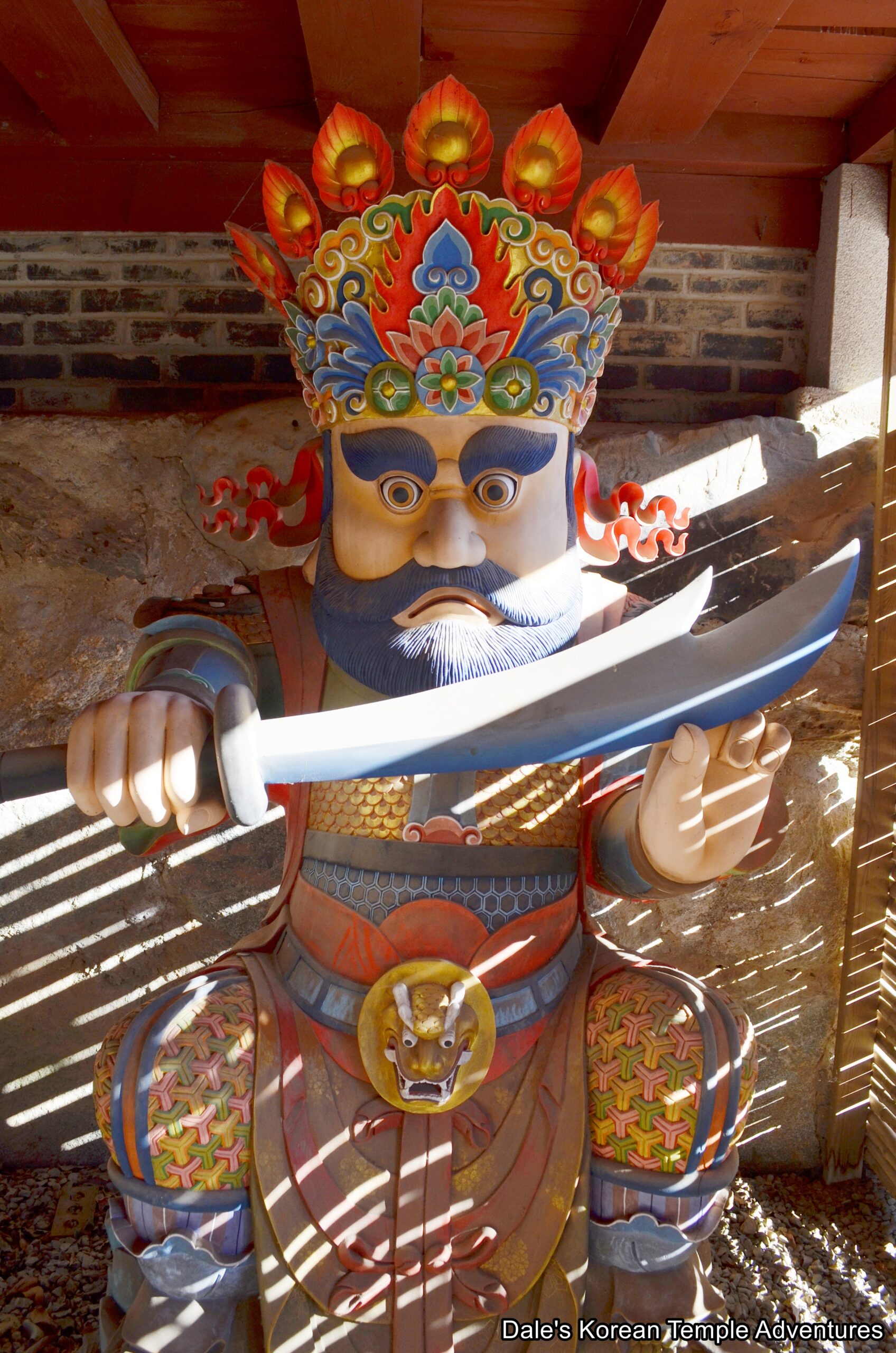
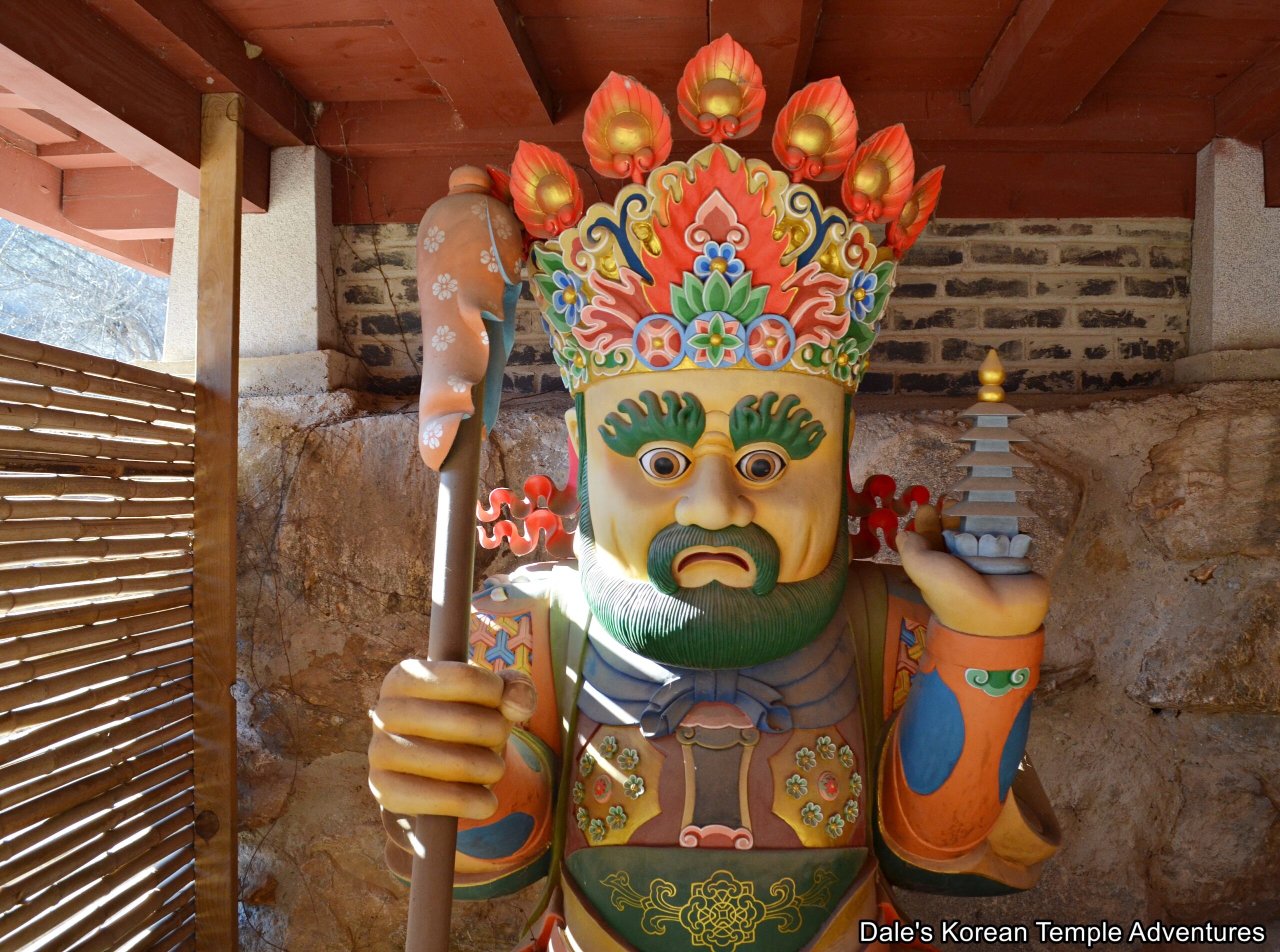
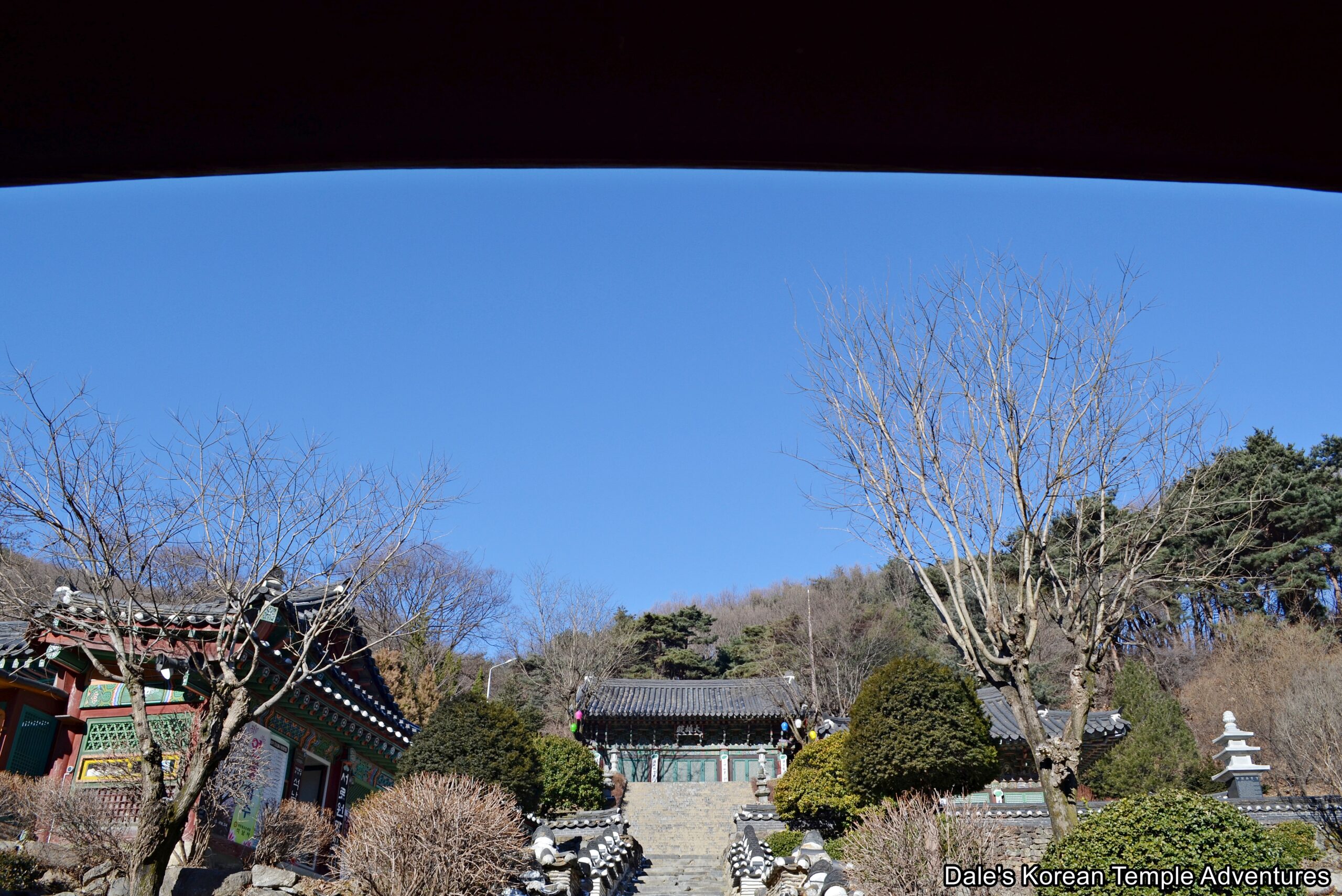
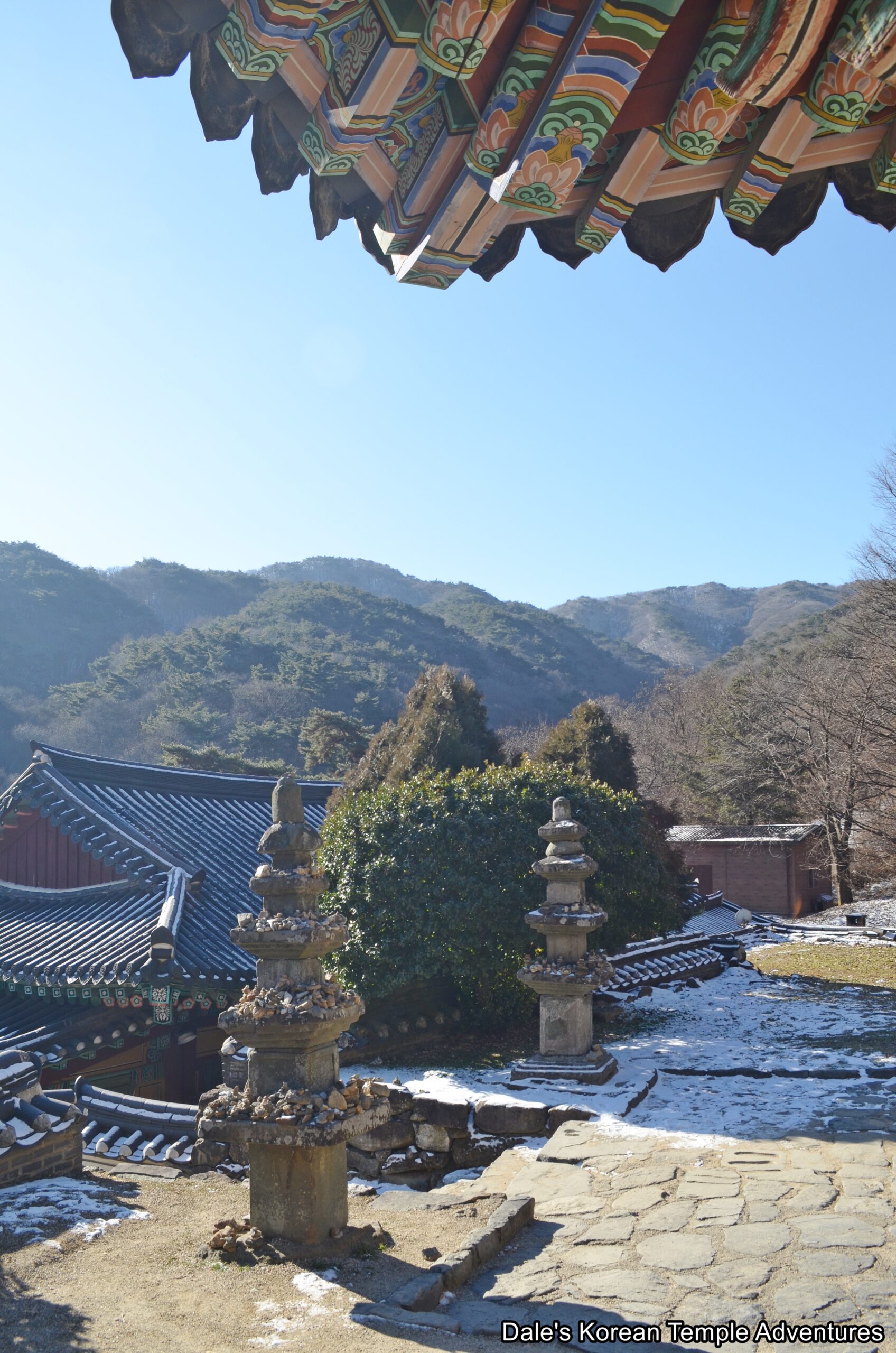
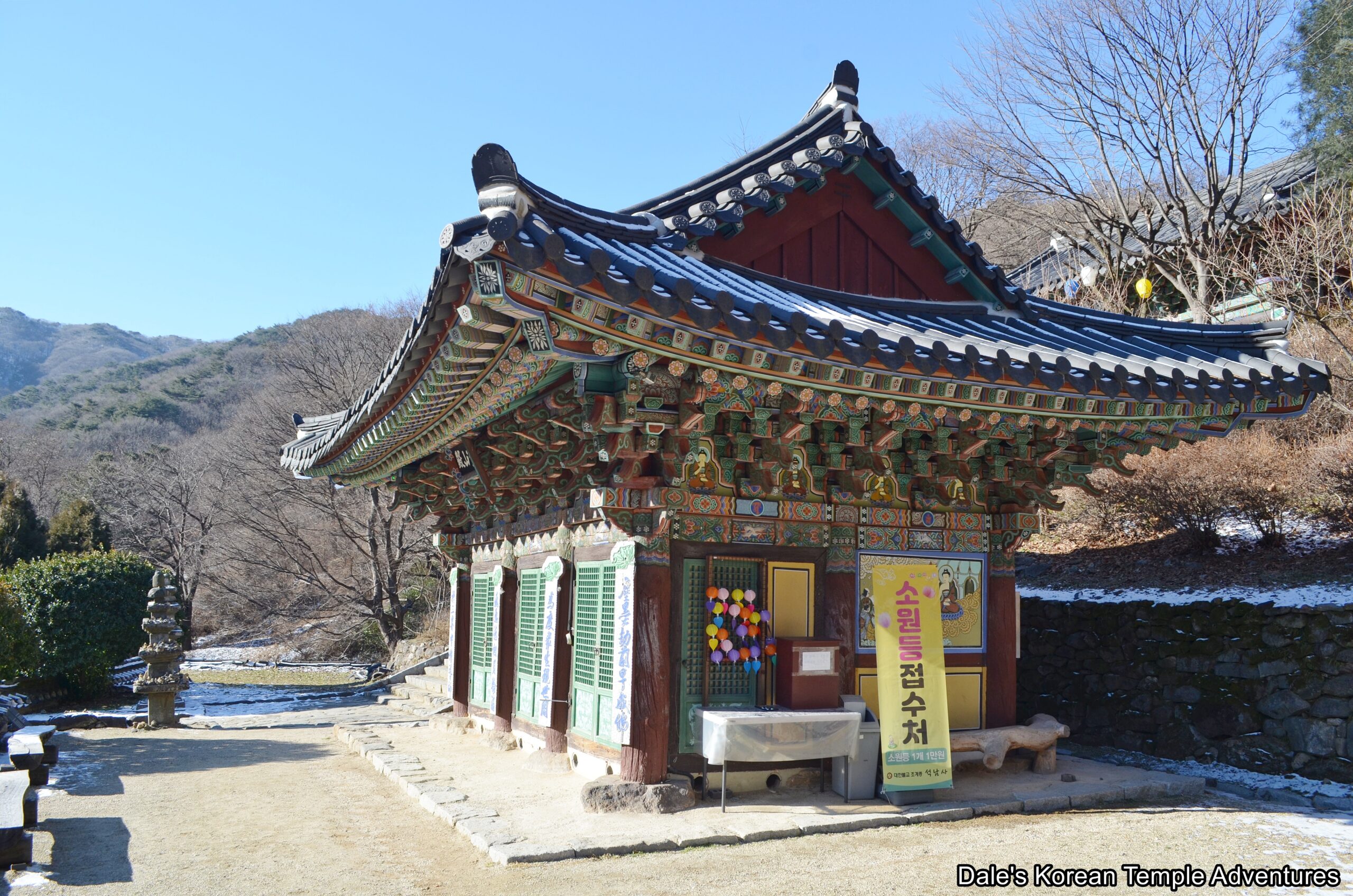
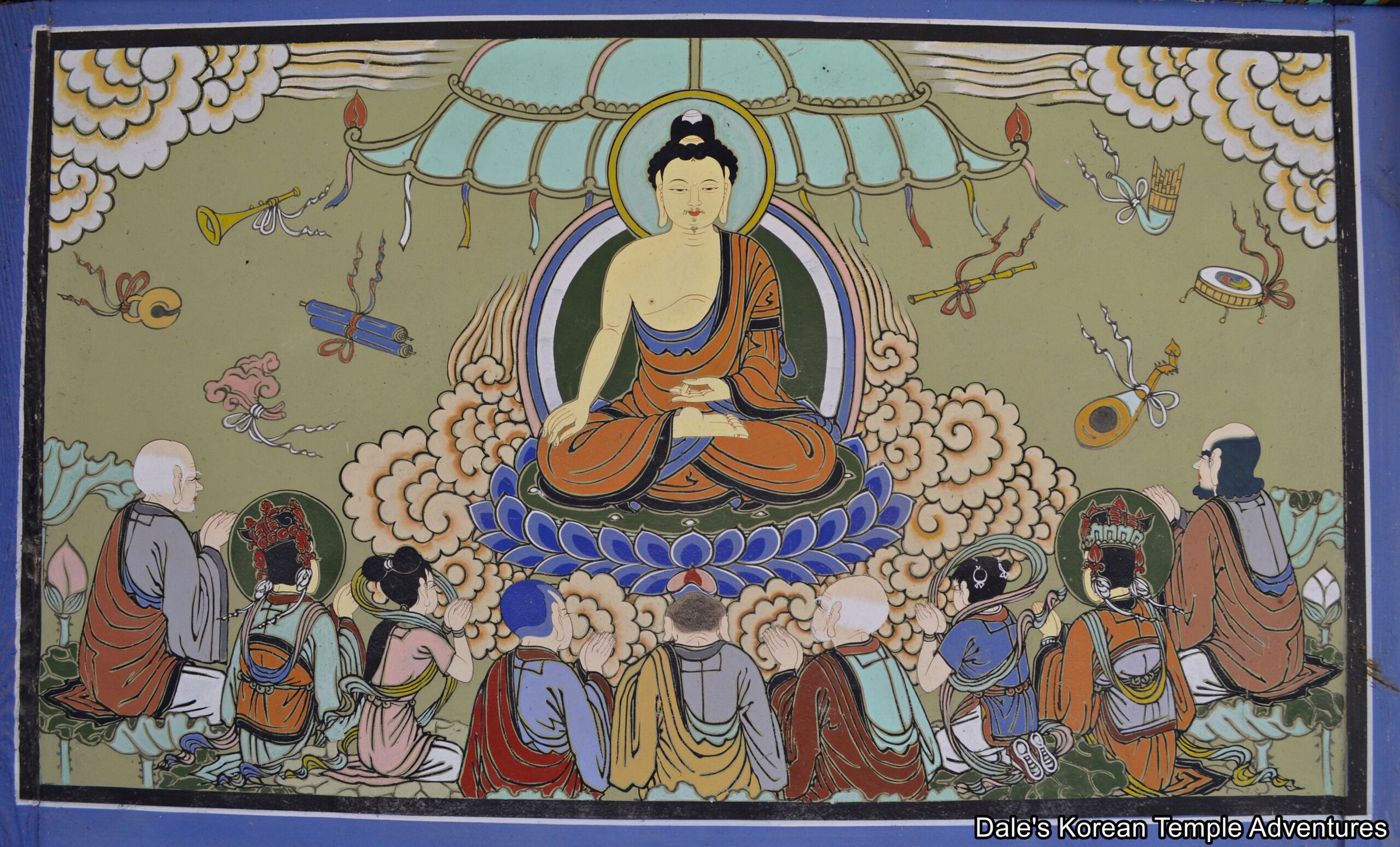
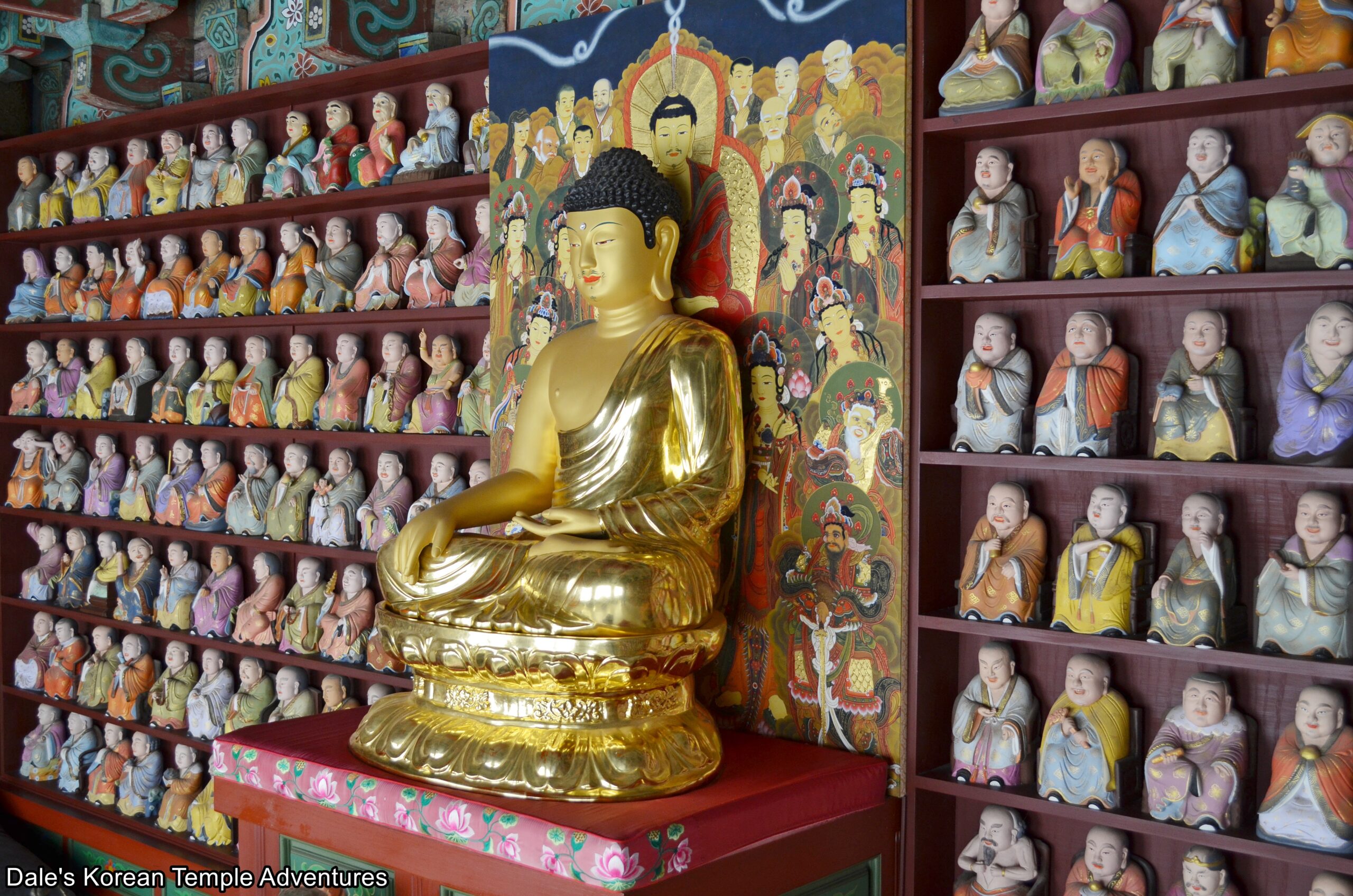
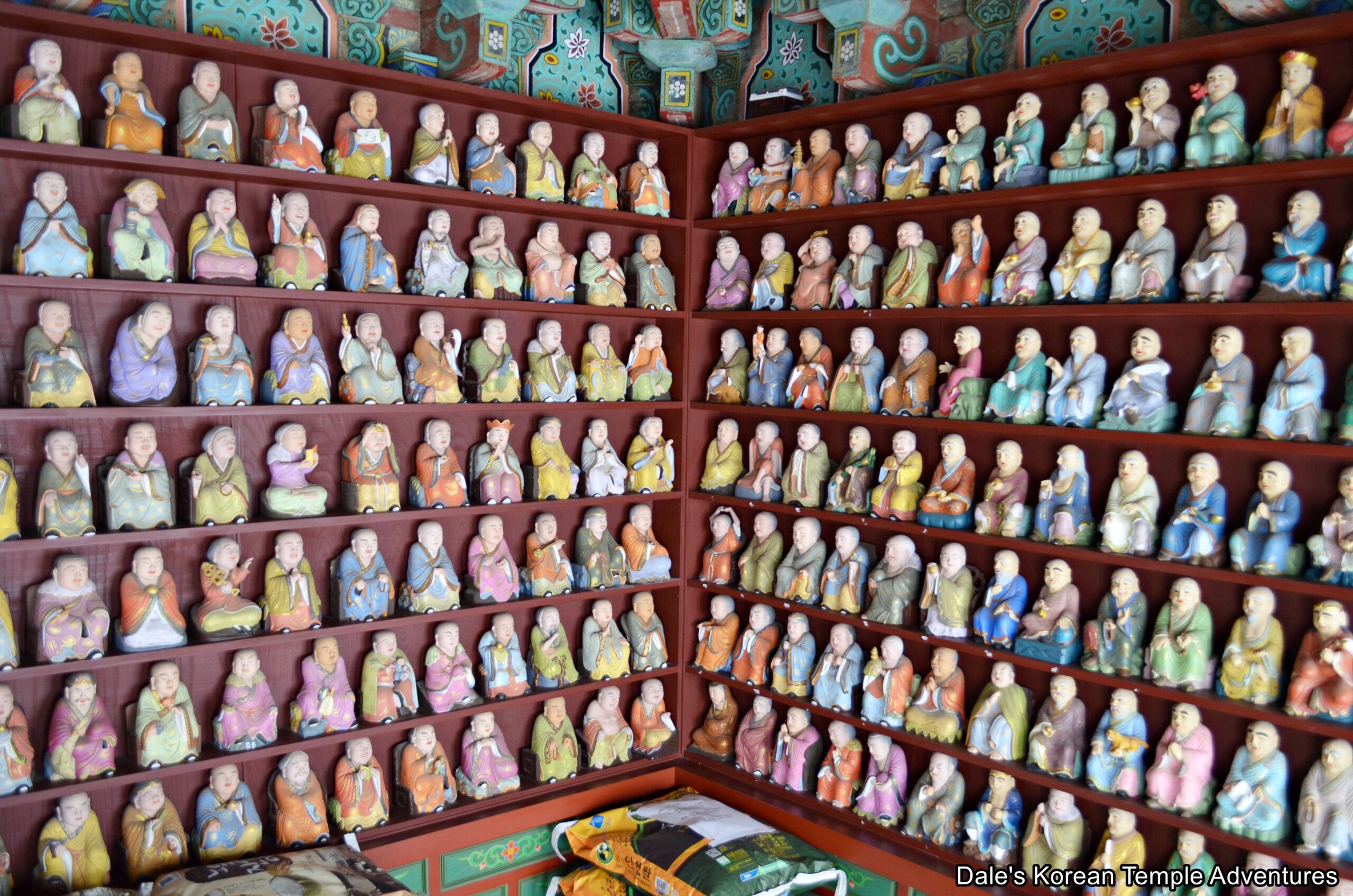
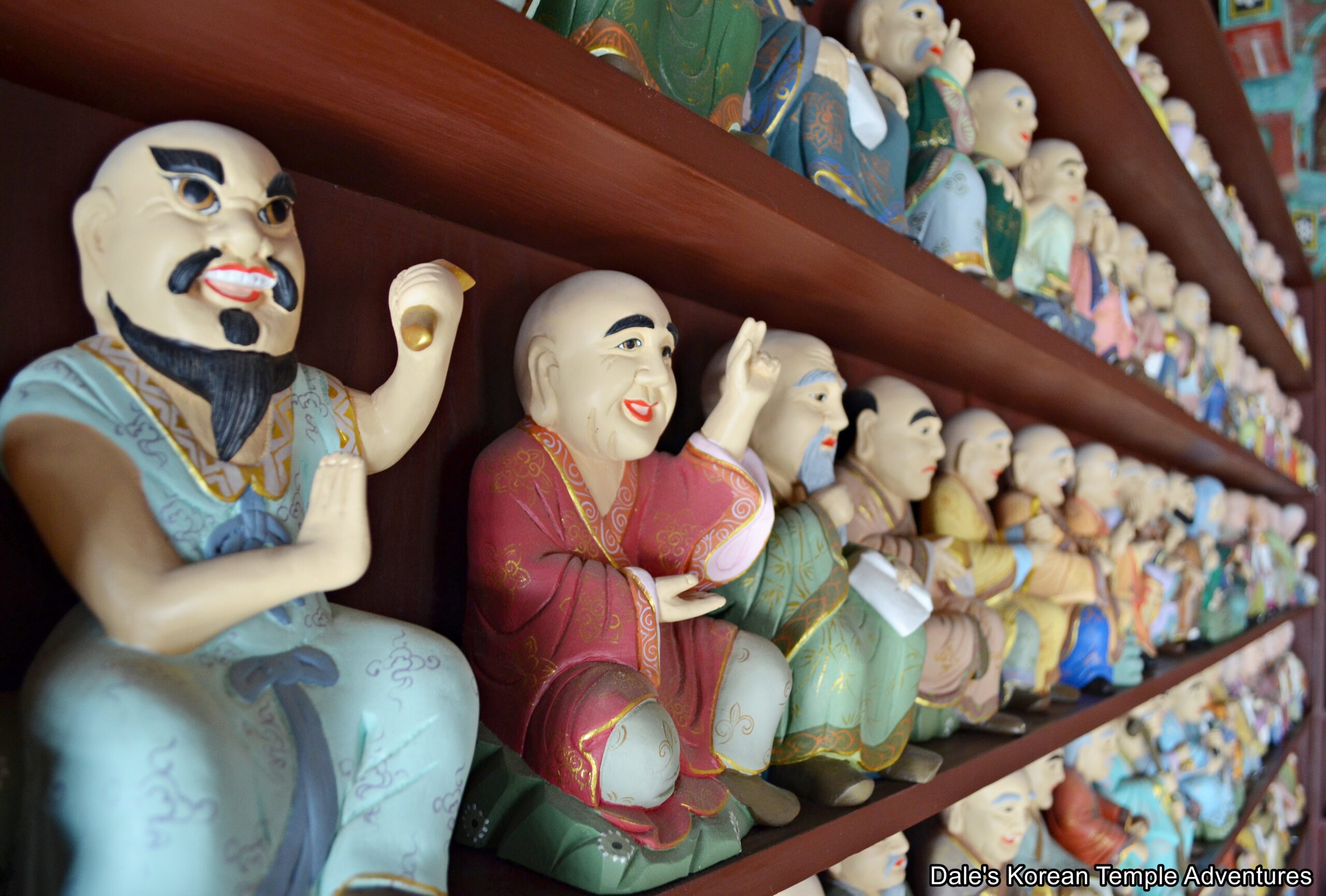
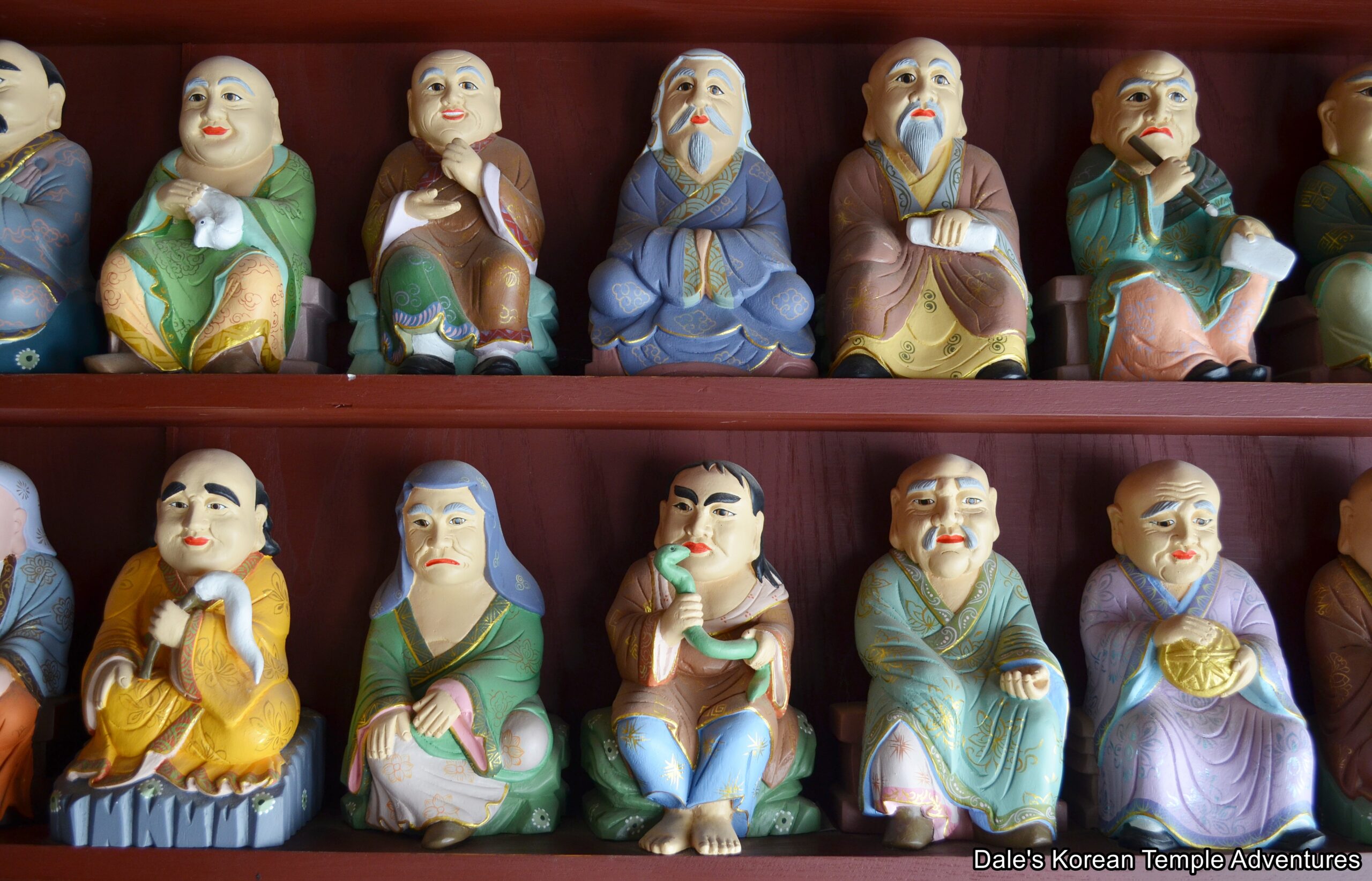
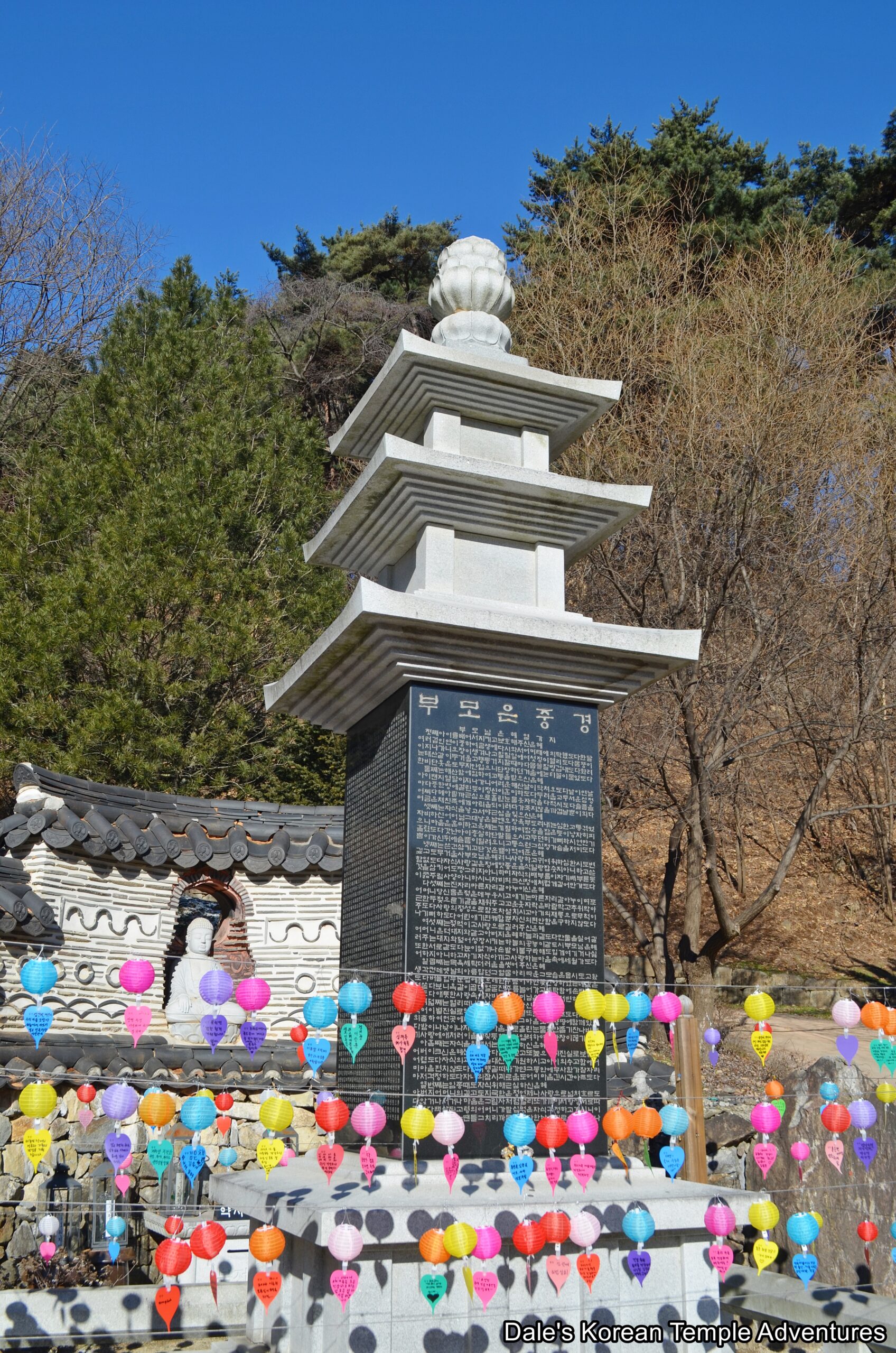
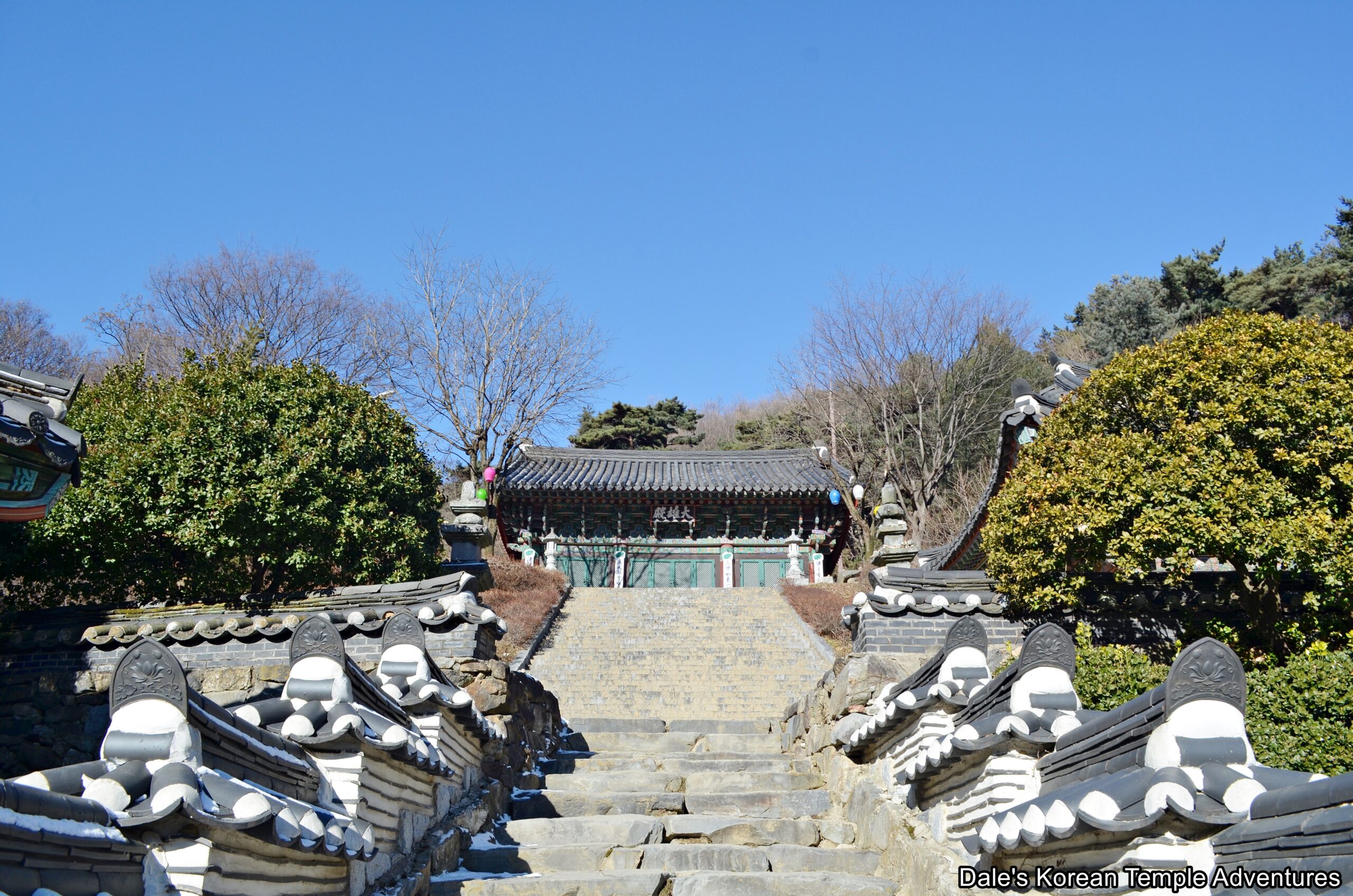

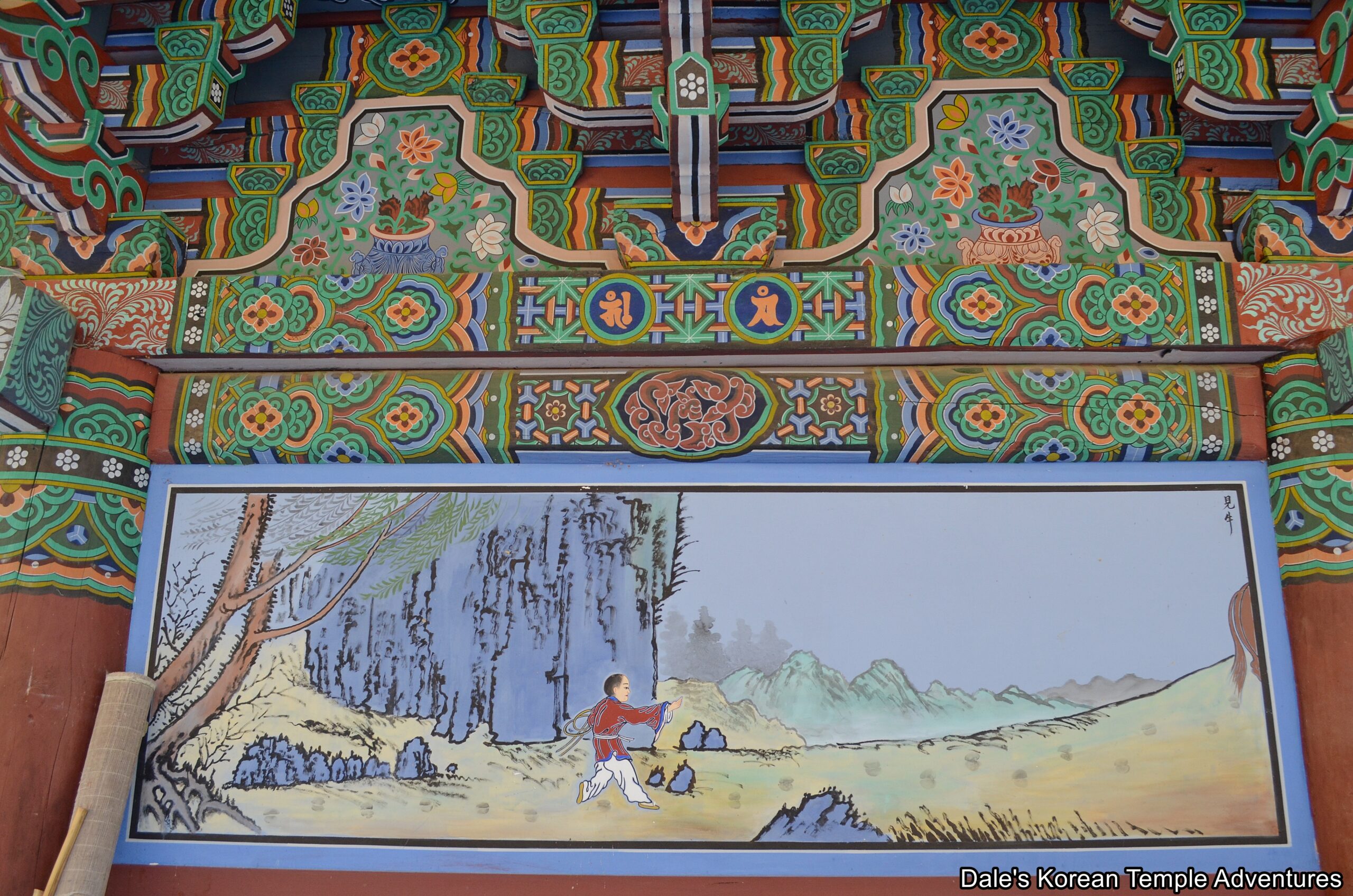
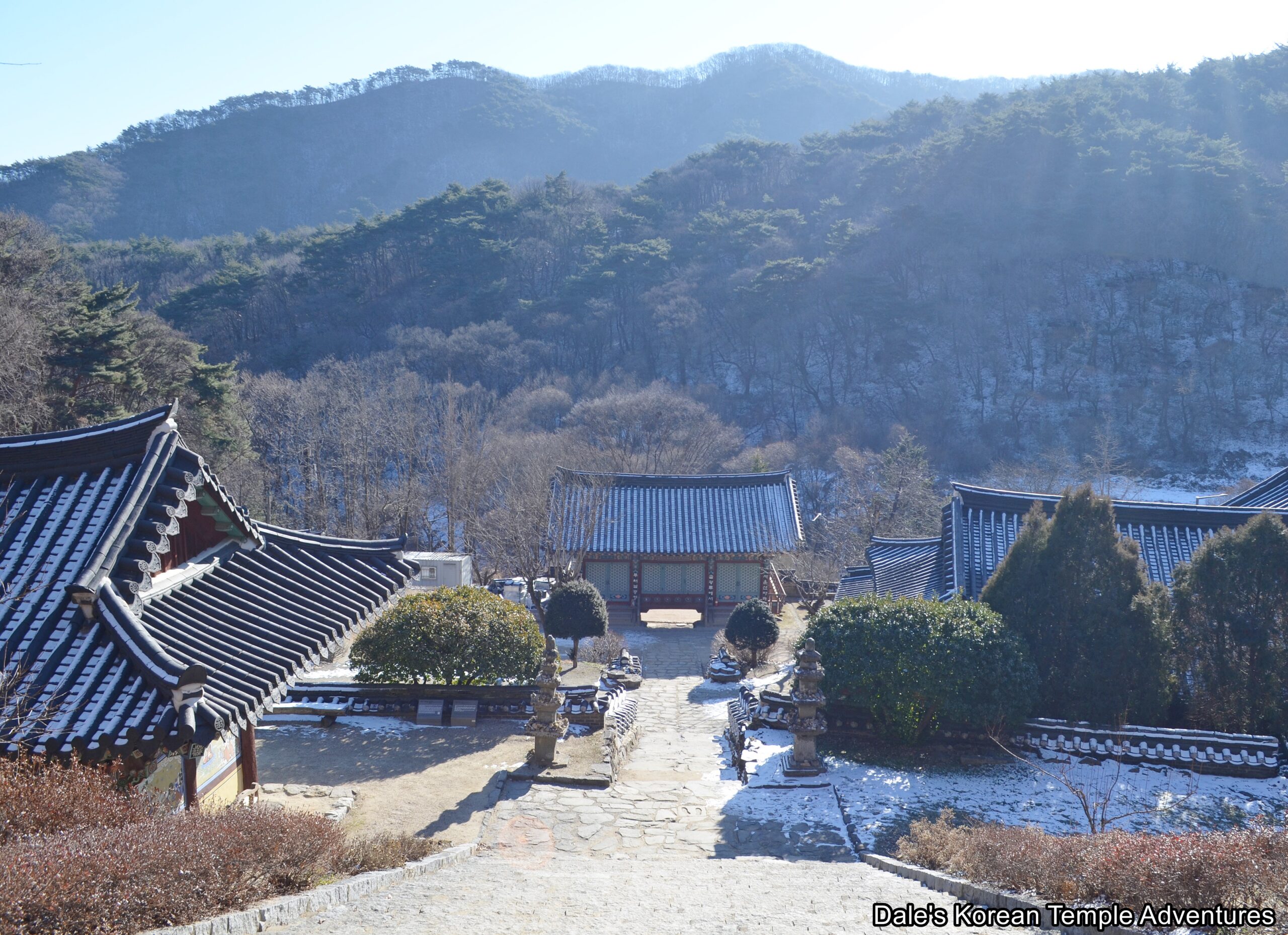


Recent comments